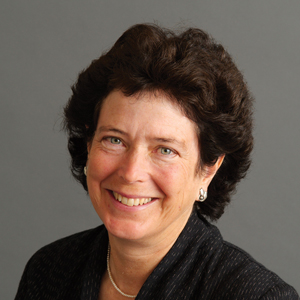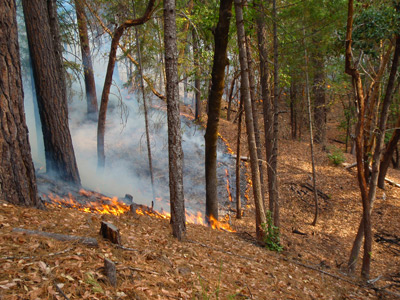
Summer 2016 ForestLife
President’s Letter: All Fired Up!
 Our relationship with fire is one of our most primal. We love it in our fireplaces or as a prescribed burn. Fire renews soil, promotes new flowers and trees, and reduces the spread of many pests and diseases. But, when fire forces evacuations and burns homes, we hate it. The impacts and costs can be devastating.
Our relationship with fire is one of our most primal. We love it in our fireplaces or as a prescribed burn. Fire renews soil, promotes new flowers and trees, and reduces the spread of many pests and diseases. But, when fire forces evacuations and burns homes, we hate it. The impacts and costs can be devastating.
Whether we love it or hate it, fire is integral to our landscape. For tens of thousands of years, our forests and meadows were shaped by fire. Native Americans set fires purposefully and lightning strikes regularly caused random fires. Now, for almost 100 years, we’ve actively suppressed fire, and development has broken up the landscape through which fire once burned frequently, dictating fire fighting policies.
We’re seeing the impacts of that fire suppression and development as intense fires burn out of control and surge through our towns, fields, and forests. A fire that might have been a low-intensity ground fire 75 years ago is now an inferno fueled by dense brush, home propane tanks, and small trees packed into crowded acres.
Trying to prevent fire has “backfired” in many ways. We need a new approach: learning to work with fire. Increasingly, scientists and land managers tell us we need more frequent, lower intensity fires back on the landscape for all the good things fire does.
How do we do that? There are no easy answers, but there are some things we can do and think about:
 Change our public policies. Not all fires should be put out by the state or federal agencies—some in remote areas could do more good than harm.
Change our public policies. Not all fires should be put out by the state or federal agencies—some in remote areas could do more good than harm.- Re-establish and fund state-run prescribed fire programs at a large scale—and combine this with fuels reductions.
- Focus development in settled areas, reduce sprawl and low-density housing in fire-prone areas and ensure fire insurance reflects the real cost of fighting fires.
- Manage for natural vegetation patterns and species, especially when restoring burned areas like the Campstool Ranch and Goose Lake forests.
It’s time we define a new relationship with fire because fire is here to stay.
Photo Credit:
- Low-intensity Fire in Western Oregon by the Bureau of Land Management Oregon and Washington
More in this Issue of ForestLife
- Restoring Flourishing Forests
- Heritage & Pioneers – A profile of two supporters of Pacific Forest Trust, Harry and Charlotte Turner.
- Wildlife’s Modest Champion
- Pacific Forest Trust’s 2015 Annual Report
- Realizing the Vision for Conservation Across Boundaries
- Tree Mortality & Forest Resilience
